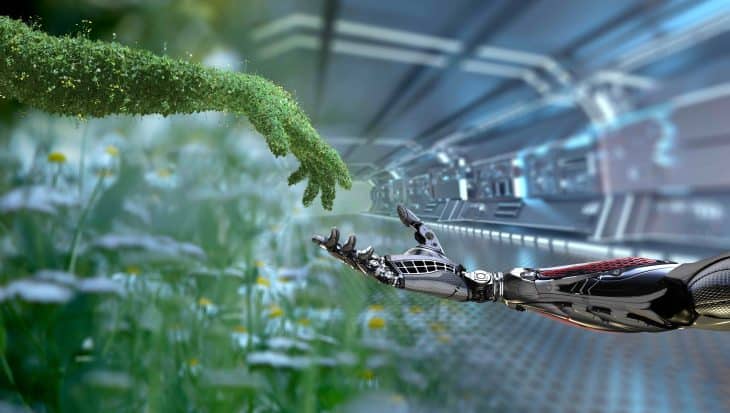
The history of science is almost as old as time itself. Science is constantly working from the edges of the universe to the innermost cells that make you function. Scientific breakthroughs have tested our limits and showed how we can go beyond what is humanly possible. See the world through new eyes with this plethora of science facts: from weird facts, branches of science, to how science shapes the tiniest details of your day.
- There are 118 chemical elements.
- Its Latin word, scienta means knowledge.
- The Nobel Peace Prize is the highest scientific honor.
- Over 7 million people in the world have careers in science.
- The scientific method was created in the 17th century.
- Astronomy is the oldest science.
- Before science, ancient civilizations had natural philosophy.
- Geometry originated from Mesopotamia and Egypt around 2000 B.C.
- Nuclear energy supplies 11% of the world’s electricity.
- The branches of science were established during the 19th century.
- Newton formed the Laws of Motion in 1687.
- The English word “scientist” was first coined by William Whewell in the 19th century.
- Over 450 nuclear power reactors are used around the world.
- Electricity is energy produced from charged particles.
- The weather is the state of the atmosphere.
- Lasker Awards recognize scientific achievements in medicine and the treatment of disease.
- Scholars refer to the Middle Ages as the Dark Ages because people favored superstition and antiquated beliefs over science during that time.
- The Pacific Ocean makes up ⅓ of the Earth’s surface.
- The Big Bang Theory was theorized by a Catholic priest.
- The science community deems the Wolf Prize as the second-highest honor.
Was this page helpful?
Our commitment to delivering trustworthy and engaging content is at the heart of what we do. Each fact on our site is contributed by real users like you, bringing a wealth of diverse insights and information. To ensure the highest standards of accuracy and reliability, our dedicated editors meticulously review each submission. This process guarantees that the facts we share are not only fascinating but also credible. Trust in our commitment to quality and authenticity as you explore and learn with us.
